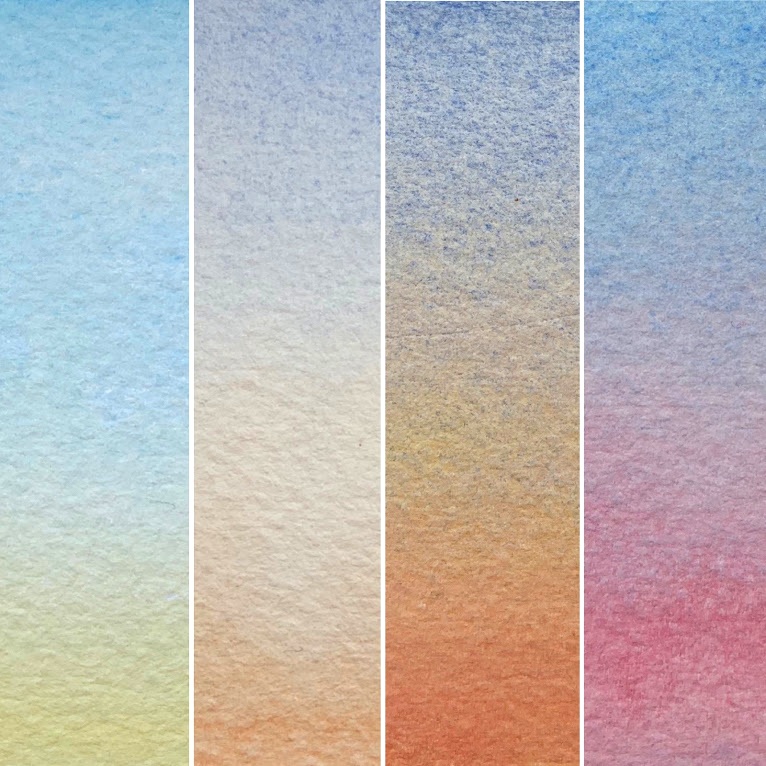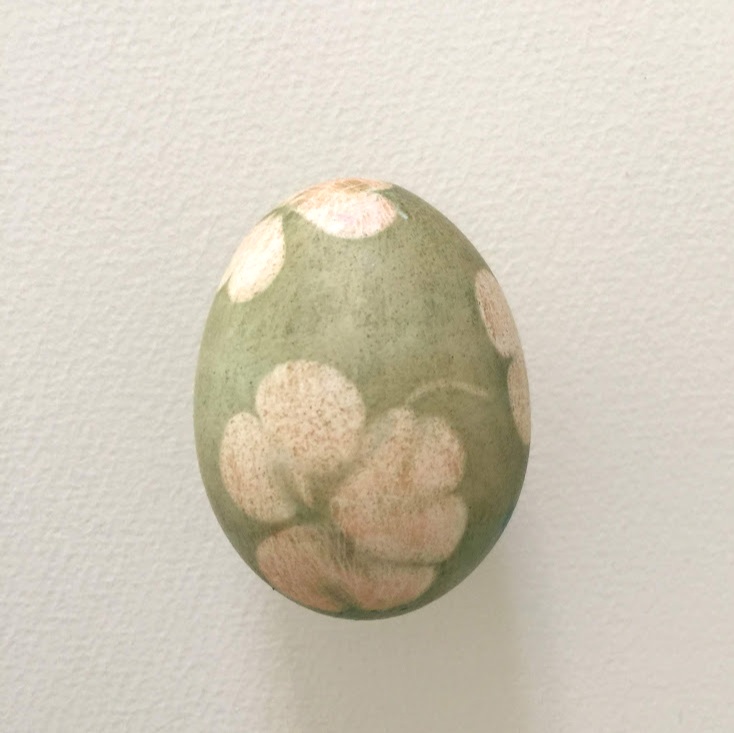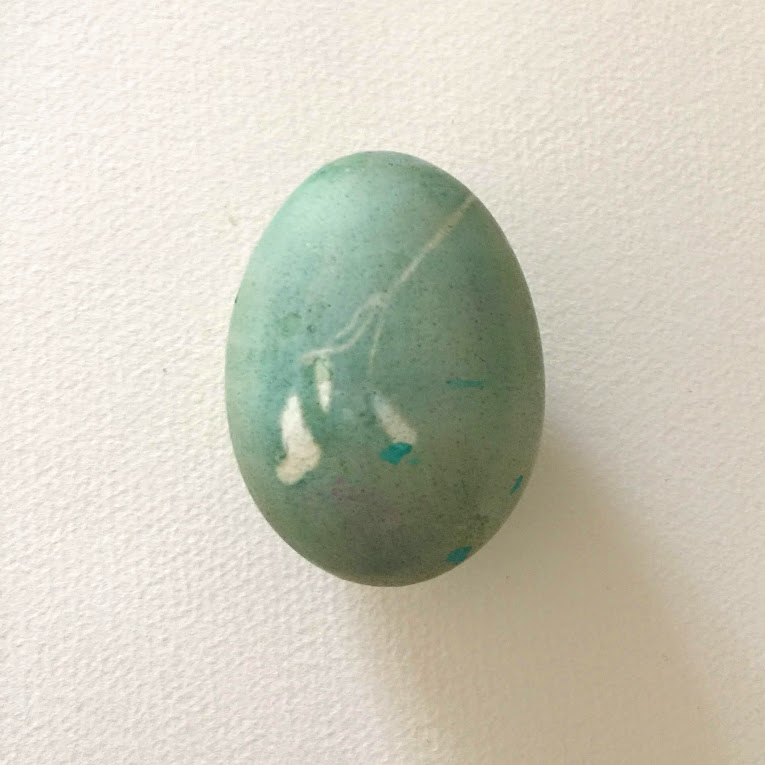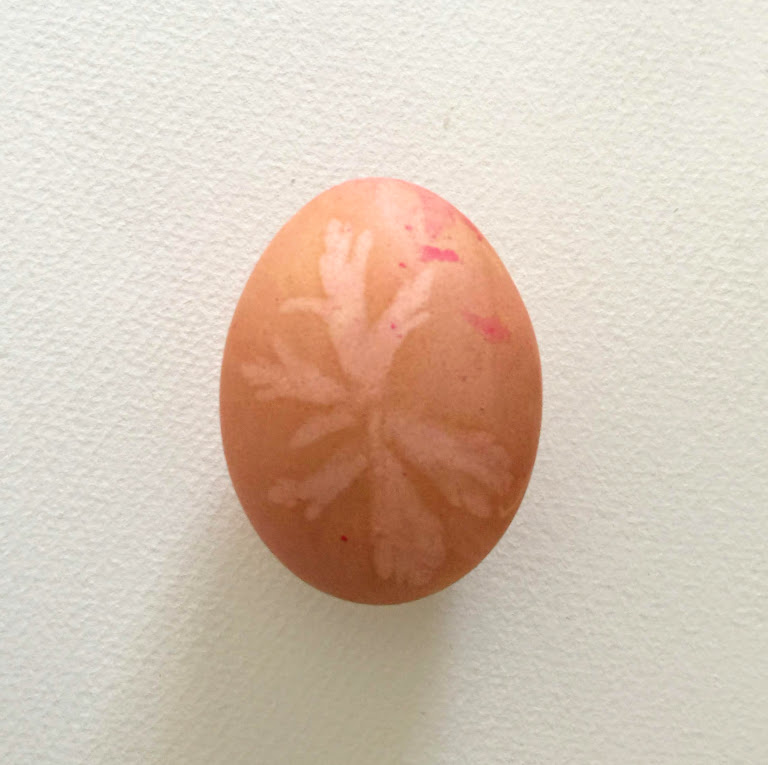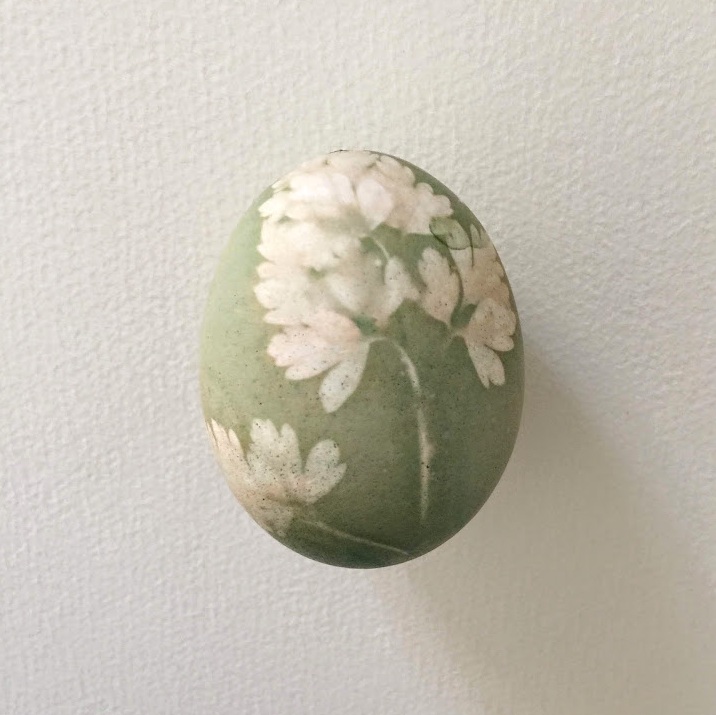Quickly he set out upon his way, taking a cane basket upon his back to fill. He sprinted from bush to bush claiming the berries as his basket became heavier and heavier upon his back. Then at the end of the day. As dusk approached, every berry was in the basket except for one last full blackberry which remained. As he reached to pluck it from its height, the sun set and the owl was heard. Immediately the basket which had been full emptied.
This repeated itself day after day. The dwarf became ancient. Moss grew in his hat and throughout his knee length beard. His clothes became worn and tattered. The only thing which remind new was the basket he carried upon his back.
Each day the dwarf kept his courage and went about his task only to be baffled by day's end. Throughout this time, berries fill the land, mimicing the reflective jewel tones found within the magical necklace.
After a thousand years had passed, Frau Holle returned to the dwarf, now known as der Brombeermann- the blackberry man. Sharing his burden, she reached and picked the last berry before the owl's voice was heard. Immediately a ray of jewel like colors radiated from the basket, covering the land. Her necklace was returned to its original state. They say you could hear elves burst forth in song in celebration of the Brombermann.
It is now said that the people of Wanfried take upon themselves the diligence and perserverance of the Brombeermann. I suppose I love the story so much because it is a piece of home to me.



